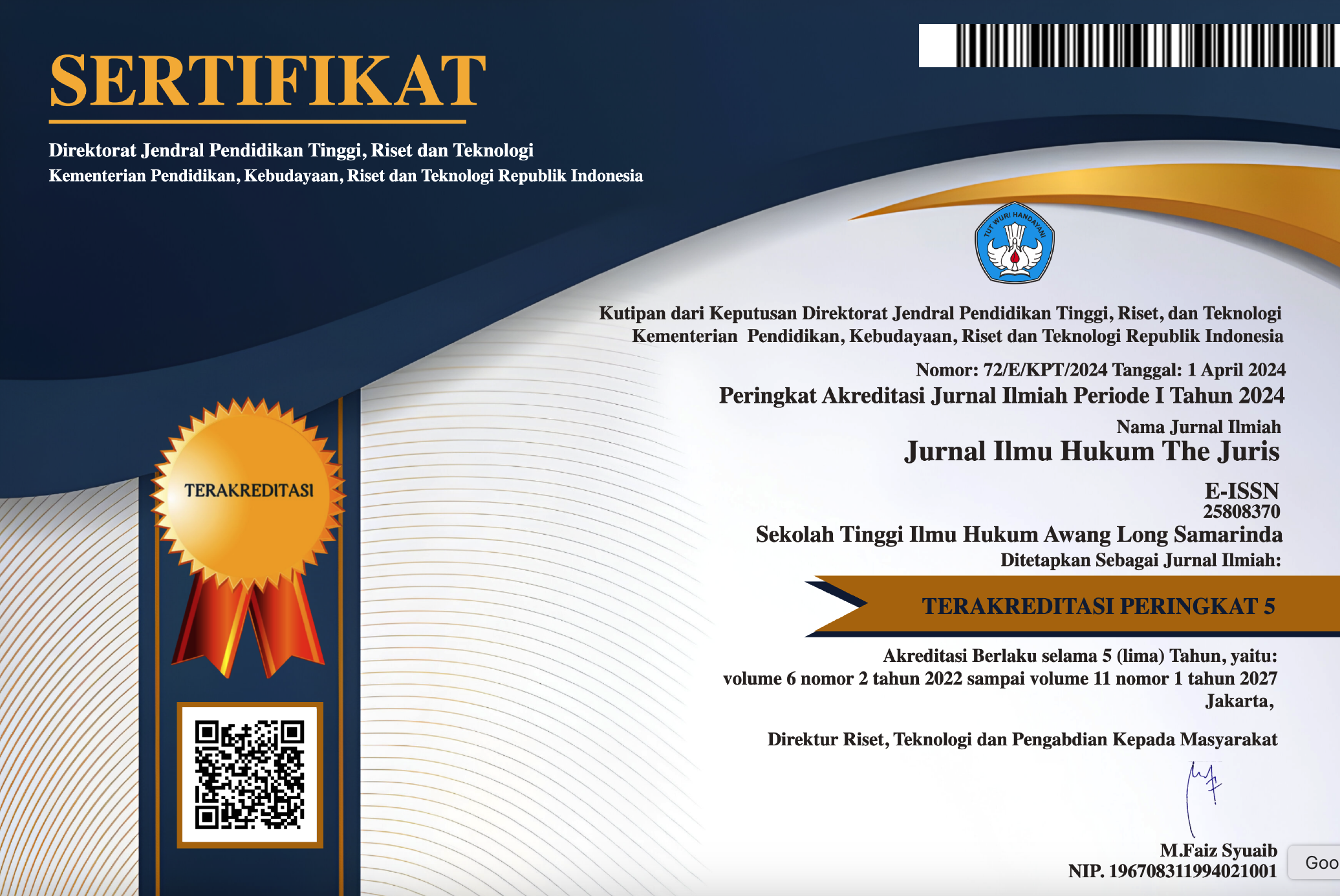HUKUM PERSEROAN TERBATAS DALAM PASAR MODAL
Abstract
This study analyzes the economic law of limited liability companies or the capital market. Judging from its historical aspect, PT has characteristics as a capital association, namely as a forum to raise capital from a large number of people. These characteristics have consequences, that PT. should be open. Furthermore, publicly listed PTs must offer their shares to the public. However, not many PTs offer their shares to the public. Juridically, the provisions governing PT at this time can be seen in the provisions of articles 36 to 56 of the Commercial Code (hereinafter abbreviated as KUHD). The provisions governing the existence of a PT do not confirm the existence of an open PT. Thus, legally, it is possible to have 2 (two) PT characteristics, namely open or closed. The selection of a business entity in the form of a PT is solely based on taking advantage of the characteristics of a PT. As a result, the benefits of PT are only enjoyed by certain people who are relatively few in number. The government is trying to find a way out of this situation by providing a means that can bring investors together with open PTs. The existence of these facilities is expected to allow investors to have the opportunity to invest their funds through open PT-PT. On the other hand, PTs growing in Indonesia are willing to offer their shares to the general public in order to raise very large funds. Moreover, in accordance with the structure of the Pancasila Economy, which can be seen in the material contained in the provisions of Article 33 of the 1945 Constitution, it contains economic principles that are carried out on the principle of kinship. This economic system is used as the basis for the capital market in Indonesia.
Downloads
Copyright (c) 2020 STIH Awang Long

This work is licensed under a Creative Commons Attribution-ShareAlike 4.0 International License.







